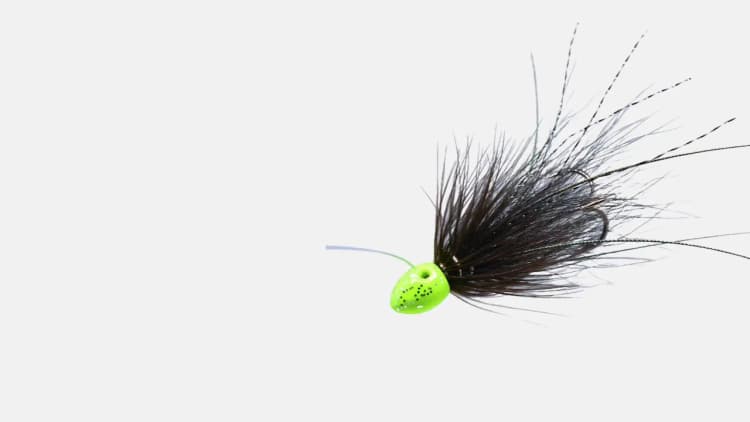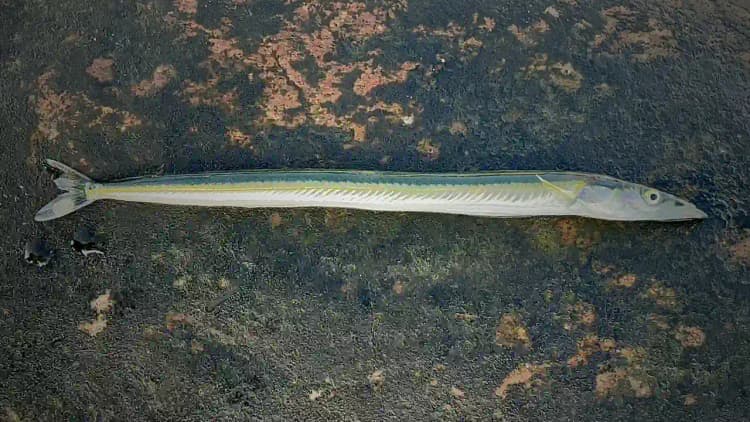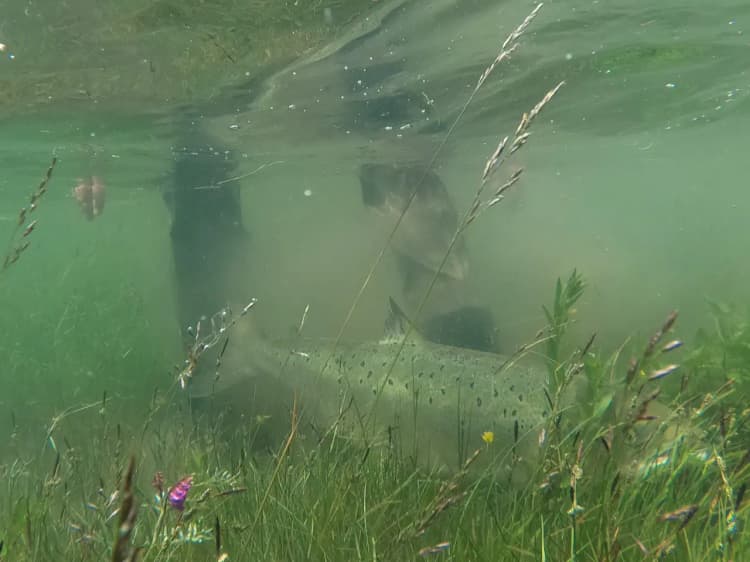Stories
24th May 2024
Catch and Release – The Atlantic Salmon
Reflections on wild Atlantic salmon, lasting impact, and letting go for the right reasons.
Share this post
A Place That Keeps Teaching Me
I've guided anglers on the Aaroy River for a few seasons. It's not the widest river or the easiest to read. But it's clear and cold and beautiful in a brutal way. And it still holds wild Atlantic salmon above 25+. That, to me, means everything.
These fish have travelled thousands of kilometres. They've survived seals, nets, and ocean storms just to get back to the gravel beds where their lives began. When one of them takes your fly, it's not just luck, it's a moment that humbles you, every time.
I've come to believe that this river gives only what you're ready to receive. Some days, it offers action. On other days, it offers silence. Either way, it teaches. And the longer I've spent here, the more I've realized that my job isn't just to help people catch fish. It's to help them understand what it means to let one go.
Let Them Go
I release every salmon I catch. Not because someone told me to. Not because it looks good in a brochure. I do it because I've seen what happens when we don't.
These fish are under pressure. Warming oceans, declining stocks, overfishing in places far beyond this river. Every salmon that makes it back here is precious. And every salmon that gets the chance to spawn is a step toward keeping wild fish in wild rivers.
Sometimes I think about what happens after the release. If a salmon survives and spawns successfully, it might pass on the traits that helped it make the journey. Years from now, maybe someone will cast a fly into this same river and hook one of its descendants. That thought means something to me. It gives weight to what I do.
Catch and release isn't just a method. It's a decision to fish with a long-term plan.
Simple, Honest, and Right for the Water
I fish with a twelve or thirteen-foot rod. That's what fits this river. There's no need to overpower it. The Aaroy has depth and variety, but it's not about distance casting. It's about control, feel, and finesse.
My line setup stays straightforward, I use a floating line with an exceptional long nylon tippet and a heavy fly. I don't like overcomplicating things. Conditions shift during the season, and I prefer to adjust with intent, not guesswork.
In my fly box, you'll find patterns that have stood the test of time:
- Green highlander
- Thunder and lightning
- Silver doctor
- A few sparsely tied local flies that work well in clear water
I've come to trust them not just because they catch fish, but because they've taught me to pay attention to the light, the water, the fish.
What the Fight Teaches Us
The strike always surprises me, even when I know it's coming. That pull, sharp and alive, turns everything else quiet. What comes next isn't about muscle. It's about balance. Patience. Precision.
Some of the fish take off fast and run deep. Others stay close and stubborn. Either way, I try to keep things clean. I coach anglers to use the rod, trust the gear, and avoid unnecessary drama. Long fights make tired fish and tired fish don't always survive.
That's where the right rod length matters. A well-balanced twelve or thirteen-footer gives me the control I need to land fish quickly, so they go back strong.
Release the Salmon
Letting a fish go isn't just how the story ends, it's part of the rhythm. When the fish comes to hand, the real work begins.
I wet my hands before I ever touch it. I keep the fish in the water. I support it from beneath, never by the gills. I skip the photo if it's struggling. And I wait. I wait until it kicks free on its own. That's the rule.
I fish barbless. I carry no ego in my net. What matters is that the fish swims away with strength.
More Than Just Yourself
Teaching anglers how to fish is an essential part of my role. I analyze the water, cast my fly, and know the right moment to strike. More importantly, I explain why we release the fish, why we choose to respect nature, and why we consider the future of our environment.
Some anglers come already with knowledge, while others learn as they go. I've seen moments like these when gentle hands cradle a resting fish, its gills moving steadily. In this moment, everything clicks. They understand what it means to let something wild return to its home. That experience stays with them.
One Fish, One Decision
There are days when the river gives nothing. No fish, no action. Just water and time. But even then, I'm grateful. The salmon don't owe us anything. We're lucky they still return.
When they do, and when the hook holds, it's a gift. It is a reminder. The fish don't belong to us. We're just part of the cycle.
If we get this right, if we fish carefully and pass that ethic forward, the Norwegian rivers might still hold wild salmon long after we are gone.
And maybe, one day, someone will stand in the same current, feel the same pull, and let that fish go too. Let them go back home where they belong.
Back to Blog

